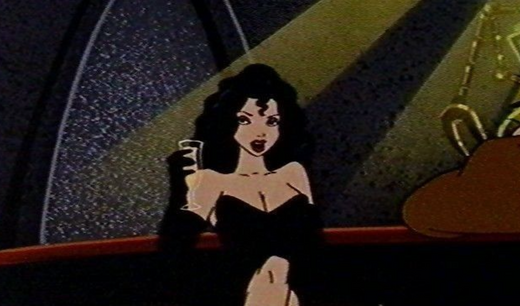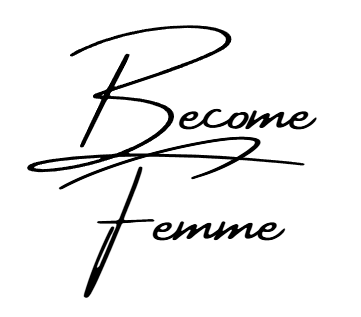
What Is A Femme Fatale?
Share
The term femme fatale conjures images of mysterious women, often shrouded in intrigue, who possess an irresistible allure. Rooted in history, literature, and cinema, the femme fatale has long been a symbol of power, seduction, and danger. But what exactly defines this archetype, and why does it continue to captivate us? Let's delve into the origins, characteristics, and cultural significance of the femme fatale.
Origins of the Femme Fatale
The phrase femme fatale originates from French, meaning "fatal woman." This archetype dates back to ancient mythology and folklore, where powerful female figures often used their wits, beauty, or charm to influence men or alter the course of events. Examples include:
- Lilith in Jewish mythology, portrayed as a fiercely independent and seductive figure.
- Circe and Medusa in Greek mythology, who possessed the power to enchant or destroy.
- Delilah from the biblical story of Samson, who used her allure to uncover his secret strength.
These early depictions set the stage for the femme fatale to become a recurring motif in storytelling.
Characteristics of a Femme Fatale
While interpretations may vary, a femme fatale typically embodies the following traits:
-
Intelligence and Cunning
A femme fatale is often portrayed as highly intelligent and strategic. She uses her intellect to manipulate situations to her advantage, making her more than just a pretty face. -
Mystery and Intrigue
Her enigmatic nature draws others in, but she often reveals little about herself. This air of secrecy is central to her allure. -
Beauty and Charisma
The femme fatale’s physical beauty is undeniable, but it’s her confidence and charisma that truly captivate. -
Moral Ambiguity
Unlike traditional heroines, a femme fatale operates in shades of gray. Her motives and actions are often complex, leaving audiences questioning whether to root for or against her. -
Power and Independence
She defies societal norms, often eschewing traditional roles of submissiveness. Her independence can be both inspiring and threatening.

The Femme Fatale in Literature and Film
The femme fatale gained significant prominence in the 19th and 20th centuries, especially in gothic literature and film noir.
Literature
- Carmilla (1872) by Sheridan Le Fanu features a seductive vampire who preys on young women.
- La Belle Dame sans Merci (1819), a poem by John Keats, tells of a beautiful enchantress who leaves men spellbound and desolate.
Film Noir
The golden age of Hollywood film noir in the 1940s and 1950s introduced iconic femme fatales:
- Phyllis Dietrichson in Double Indemnity (1944) manipulates her lover into murder.
- Brigid O’Shaughnessy in The Maltese Falcon (1941) combines charm with deceit.
These characters often challenged the moral and social order of their times, reflecting anxieties about gender roles and power dynamics.
Modern Interpretations of the Femme Fatale
In contemporary media, the femme fatale has evolved. While she retains her core traits, modern interpretations often explore her vulnerabilities and motivations, adding depth to the archetype. Examples include:
- Catwoman in The Dark Knight Rises (2012), who oscillates between heroism and personal gain.
- Amy Dunne in Gone Girl (2014), whose cunning and manipulation upend traditional gender expectations.
Rather than being purely destructive, today’s femme fatale is often a nuanced character, reflecting changing societal attitudes towards women and power.
Cultural Significance
The enduring appeal of the femme fatale lies in her subversion of expectations. She challenges patriarchal structures, embodying a form of power that is unapologetically feminine. However, she also highlights societal fears about female autonomy, often depicted as a cautionary tale.
For many, the femme fatale represents liberation and self-determination. For others, she is a symbol of chaos and disruption. This duality ensures that she remains a compelling and controversial figure.
Conclusion
The femme fatale is more than just a character trope; she is a cultural icon, representing both the allure and complexity of power. From ancient myths to modern cinema, her ability to captivate, manipulate, and defy expectations makes her a timeless figure. Whether she is seen as a heroine, villain, or something in between, one thing is certain: the femme fatale will always command our attention.
Want To Become A Femme Fatale?
Want to become a femme fatale? I created a ebook for women out there that embrace the femme fatale archetype, and make men obsessed with you using the power of allure and seduction! Grab your copy today!
